Rare Arabic codex of the Malhama Daniyal, a Christian Levantine divine work (1762)
£5,000.00
Malhama Daniyal, by ᶜAbdallāh Yūsef.[scribe] Lebanon (or Syria) 1762
Overview
Christian Arabic manuscript on thin laid paper dealing with “divinatory astro-meteorological” contents, titled Malḥama Dāniyāl (lit.: “The Prediction[s] of [the Prophet] Daniel”). This manuscript has been composed in a Syrian or, more likely, Lebanese Christian environment, as it becomes apparent from its main heading reporting the Christian creed formula in Arabic, as well as the mention of Jesus Christ in the first colophon. Nevertheless, this codex bears an Islamic date in its final colophon, namely the fifth day of the month of Rabīᶜ al-Āḫir of the year [11]76, corresponding to the Gregorian day of Wednesday 20th October, AD 1762, as well as the scribe’s name, a certain ᶜAbdallāh Yūsef.
Complete, 161 ll. overall, with no endpapers [textblock running from l. 1r. to 160r. – 319 pages on the whole].
Leaf size: mm. 180 x 125 ca.; written space measurements: mm. 165 x 95 on average; Arabic text written in a clear nasḫ hand with some characteristics that trace back to the traditional Ottoman penmanship, the text in black ink, with section titles rubricated in light red, often tending to fade away. Later handwritten notes are present, scattered throughout the codex. Margins have been trimmed, partially cutting off the running titles every now and then, without compromising readability.
The decoration set of this codex is very essential, being comprised of a finely elaborated leather binding (see infra) and some calligraphic embellishments, like those for the single chapters (ar.: fuṣūl), the rubricated subsections and the diagrams, which are to be found, in order of appearance, at: l. 72v. (titled al-Mīzān, “the Balance”, with Zodiac signs arranged in circular scheme); ll. 82v.-84r. (…); ll. 130v.-131v. (…). Also, graphs and tables of correspondence for abjad and month days at l. 135r.-v., 137v., 144v., 145v. (with alchemical signs related to planets), and 159r.-v. Astrological symbols are to be met with occasionally within the Arabic text.
Flapless brown leather binding, worn on the edges, with blind-stamped cross-shaped decorations consisting of stylized, arabesque-like vegetal motifs on both outer plates.
This book has been preserved in good condition, despite some waterstains across the outer margin of the manuscript and trimmed edges at the first and last leaves (with minimal text loss).
On the Text in this Codex
The Malḥama Dāniyāl (lit.: “Prediction[s] of [the Prophet] Daniel”) is a text of Christian-oriental origin with a long and very composite tradition, notably with many added Muslim elements, dealing with the predictability of events by relying on assumed causal relations between meteorological and astronomical phenomena in the time frame of the single year’s (and months’) days. Such predictions are of course not exempt from astrological conceptions, given the proximity of the two disciplines in the medieval and modern ages – unlike the contemporary notion, that has acknowledged astrology as a mere pseudoscience. “Daniel” the biblical prophet, whom the late-antique and medieval Middle Eastern tradition viewed as the patron and mythical founder of several traditional fortune-telling disciplines, such as oneiromancy and geomancy, which were linked in various ways to the art of divination, or prediction of future events.
This manuscript comes in all likelihood from the Levantine area, as documented by a certain use of the Arabic language, e.g.: the name of the month of January, here designed by the term Kānūn aṯ-Ṯānī, a word employed through Syrian and Lebanese areas – also going as far as Jordan and Iraq, but more specifically the full set of month names of the Arabic-Gregorian calendar, which were inherited from Old Babylonian astronomical lexicon mediated by the Syriac tradition in the Late Antiquity.
Quoting the entry Malḥama from the Encyclopedia of Islam (by T. Fahd), we can confirm the main contents of this certainly popular, yet culturally very significant work:
« [The word Malḥama] in modern times designates an epic [cf. ḥamāsa] and also corresponds to a usage already in evidence in the Old Testament, where milḥamōt is applied to the wars of Yahweh (I Sam. xviii, 17, xxv, 28), but in the Islamic Middle Ages this word meant a writing of a divinatory character, the Malḥamat Dāniyāl […]. It is a question of a collection of meteorological signs with their divinatory meanings, derived from the day of the week on which 1st January falls (from the Saturday to the Friday), eclipses of the moon, following the same order, lightning, thunder, the appearance of halos around the sun and the moon, a rainbow, the appearance of a sign in the sky and earthquakes. This first series of signs is followed by another, referring to the effects of the winds on events, those of days of the week and those of days of the week on which 1 Thôt of the Coptic year falls, as well as the first day of the Arab year (cf. Istanbul ms. Bayezit, Veliüddin Ef. 2294,3, fols). » (from: Fahd, T., in Encyclopedia of Islam (2nd Edition), Brill, Leiden, 2012).
Be the first to review “Rare Arabic codex of the Malhama Daniyal, a Christian Levantine divine work (1762)” Cancel reply
Product Enquiry
Related products
C12th - C13th manuscripts
Leaf of Passionale in Latin [Italy, 12th century, first half] Lives of St Felicity and St Clement
C12th - C13th manuscripts
Illuminations
C14th -C16th manuscripts
C14th -C16th manuscripts
‘Exquisite Roman hand’; a humanist Psalter c.1460 by Pietro Ursuleo of Capuo in Latin.
C12th - C13th manuscripts
Beautiful painted white vine initial, Augustine’s Commentary on John’s Gospel, Italy C12th

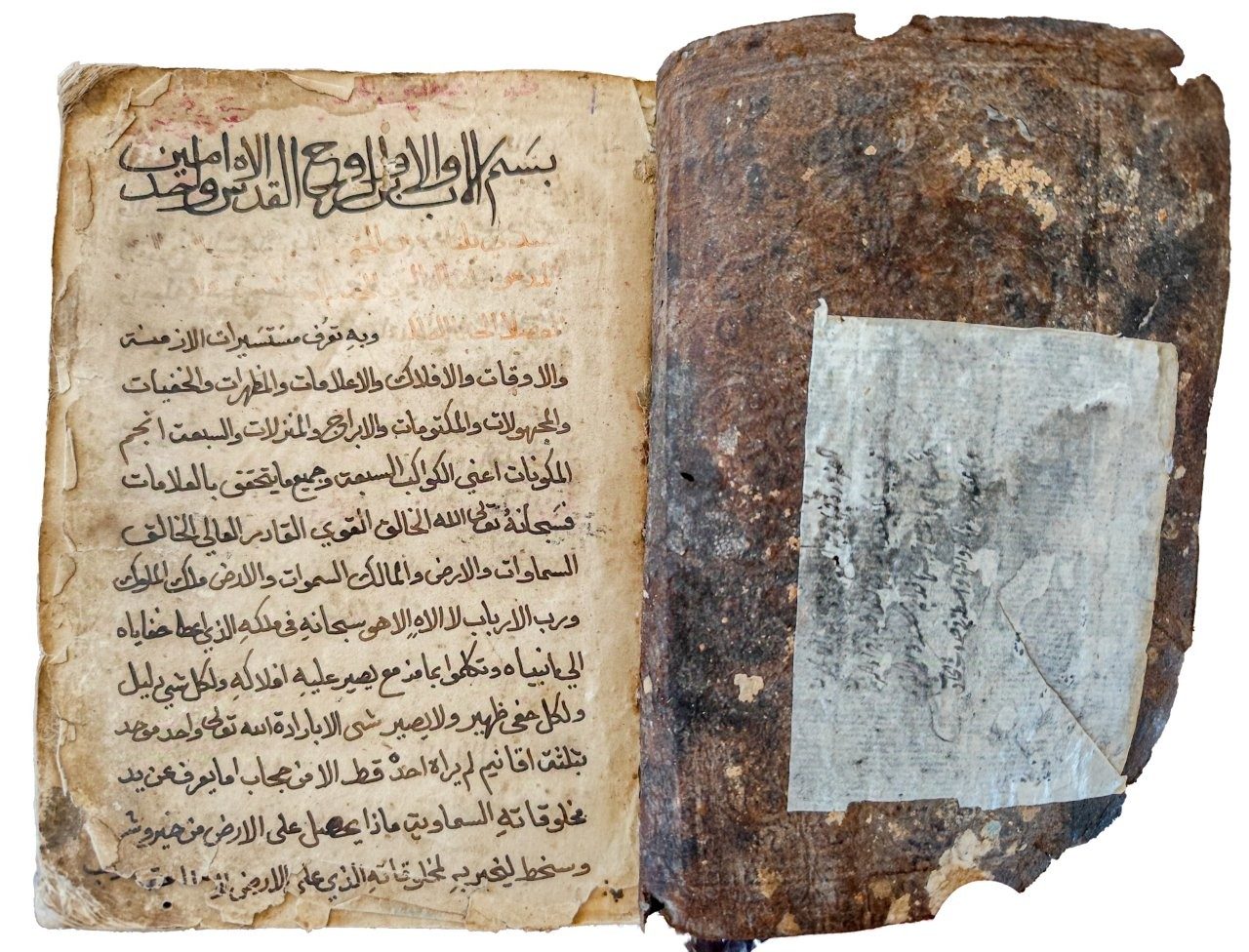
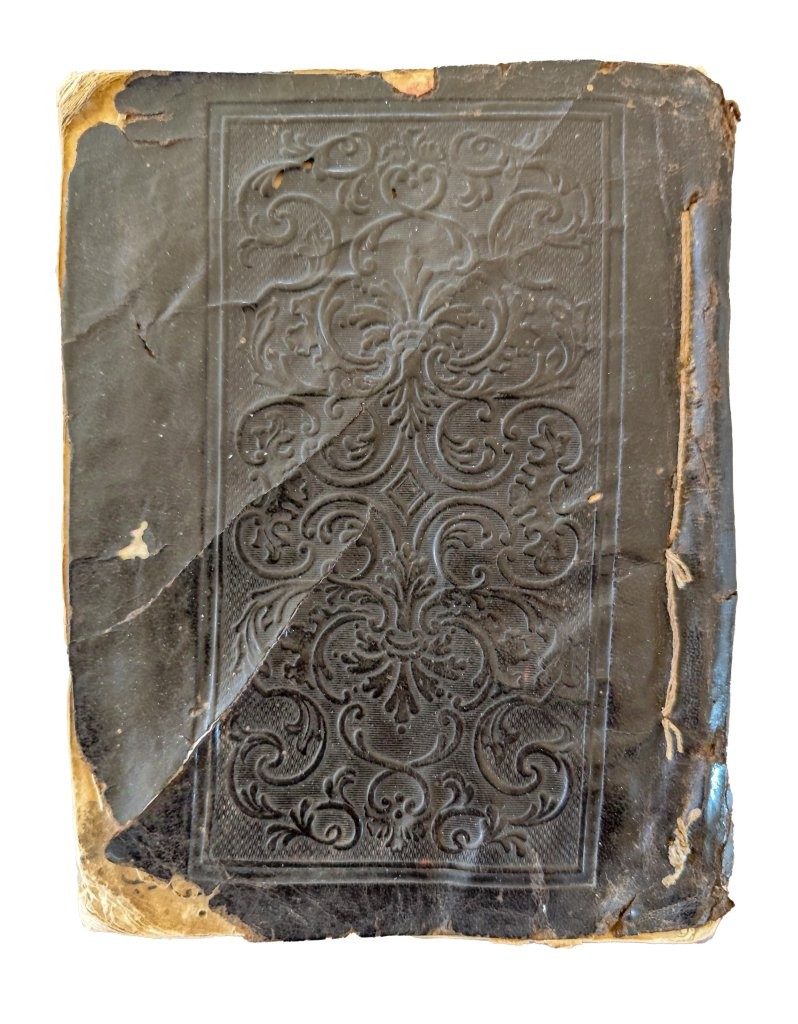
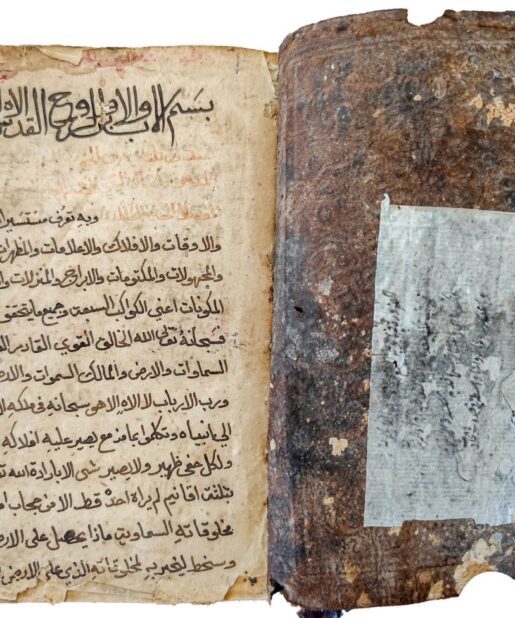

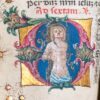

![Leaf of Passionale in Latin [Italy, 12th century, first half] Lives of St Felicity and St Clement Leaf of Passionale in Latin [Italy, 12th century, first half] Lives of St Felicity and St Clement](https://butlerrarebooks.co.uk/wp-content/uploads/2021/01/IMG_0696-515x618.jpg)

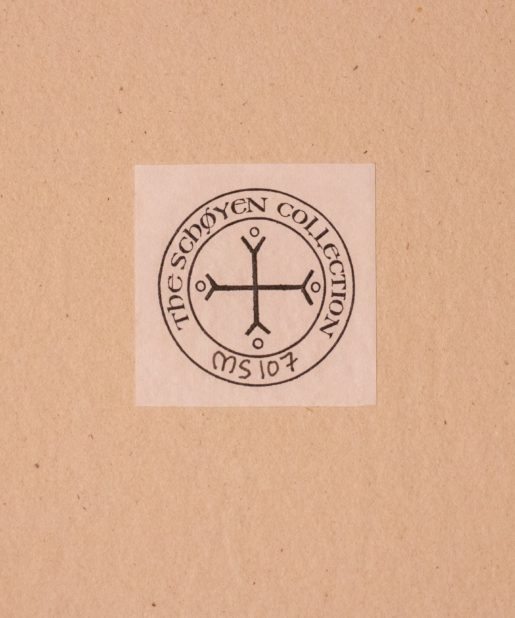
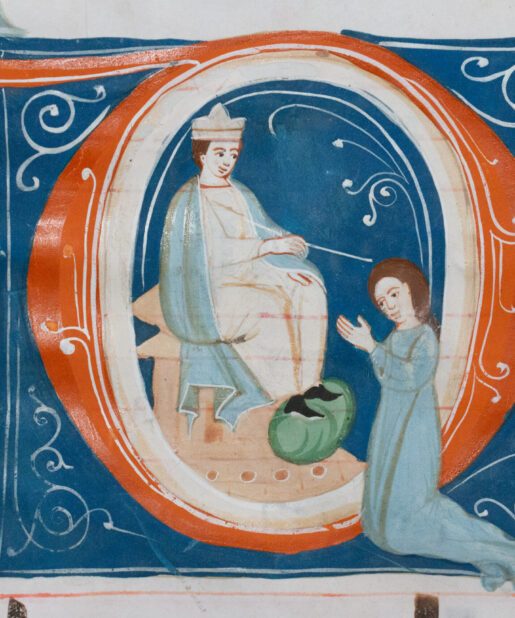
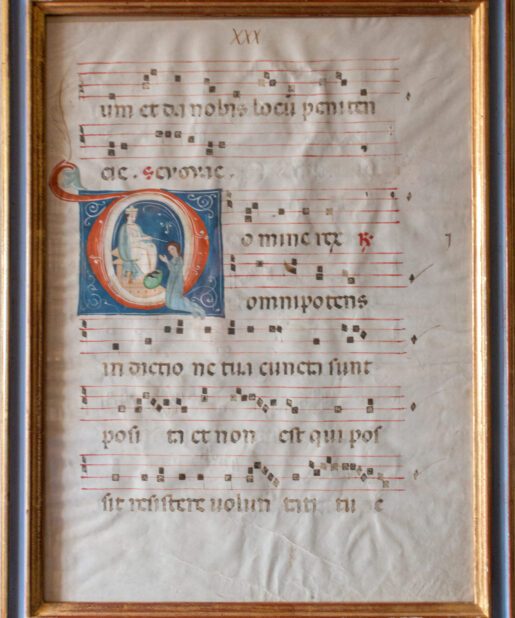
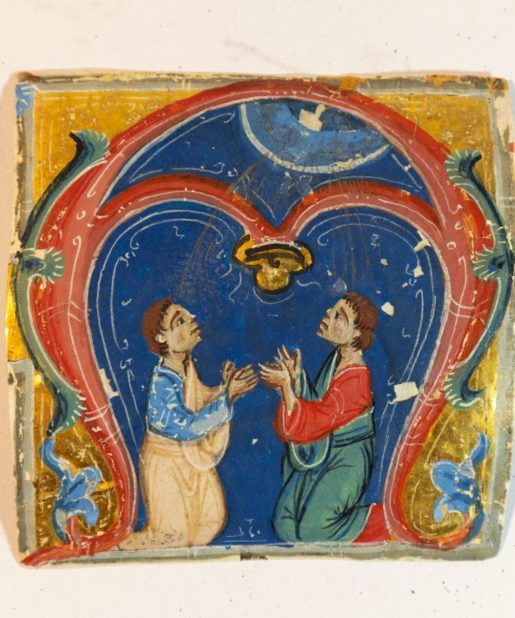
![The Annunciation to Zechariah, on a bifolium from an Antiphonary, in Latin [Germany or Austria, (mid-?)15th century] The Annunciation to Zechariah, on a bifolium from an Antiphonary, in Latin [Germany or Austria, (mid-?)15th century]](https://butlerrarebooks.co.uk/wp-content/uploads/2021/04/IMG_0977-515x618.jpg)
![The Annunciation to Zechariah, on a bifolium from an Antiphonary, in Latin [Germany or Austria, (mid-?)15th century] The Annunciation to Zechariah, on a bifolium from an Antiphonary, in Latin [Germany or Austria, (mid-?)15th century]](https://butlerrarebooks.co.uk/wp-content/uploads/2021/04/IMG_0769-515x618.jpg)
![St Paul, in an initial on a leaf from a vast Gradual, in Latin [Northern Italy (Lombardy, perhaps Milan), late 15th century (c.1480–90)] St Paul, in an initial on a leaf from a vast Gradual, in Latin [Northern Italy (Lombardy, perhaps Milan), late 15th century (c.1480–90)]](https://butlerrarebooks.co.uk/wp-content/uploads/2022/07/IMG_2119-scaled-515x618.jpg)
![St Paul, in an initial on a leaf from a vast Gradual, in Latin [Northern Italy (Lombardy, perhaps Milan), late 15th century (c.1480–90)] St Paul, in an initial on a leaf from a vast Gradual, in Latin [Northern Italy (Lombardy, perhaps Milan), late 15th century (c.1480–90)]](https://butlerrarebooks.co.uk/wp-content/uploads/2022/07/IMG_2118-scaled-515x618.jpg)

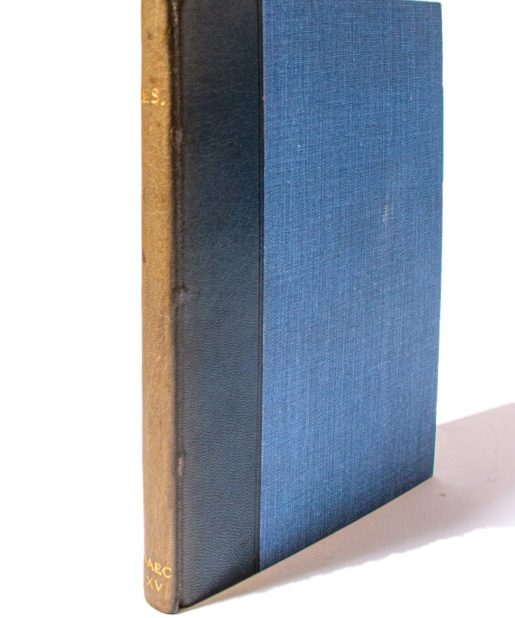
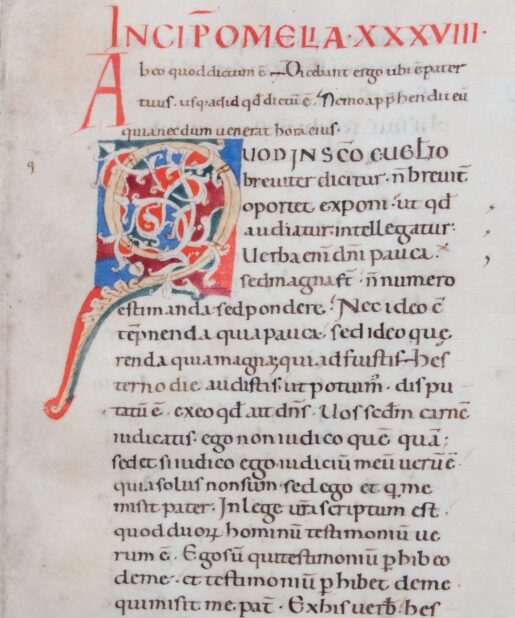
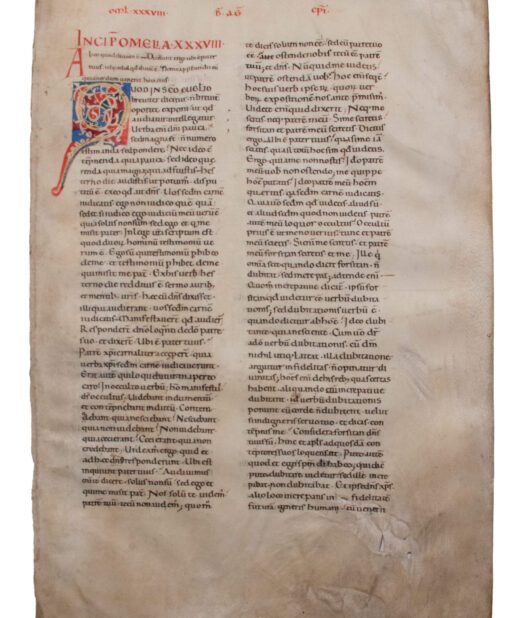
Reviews
There are no reviews yet.